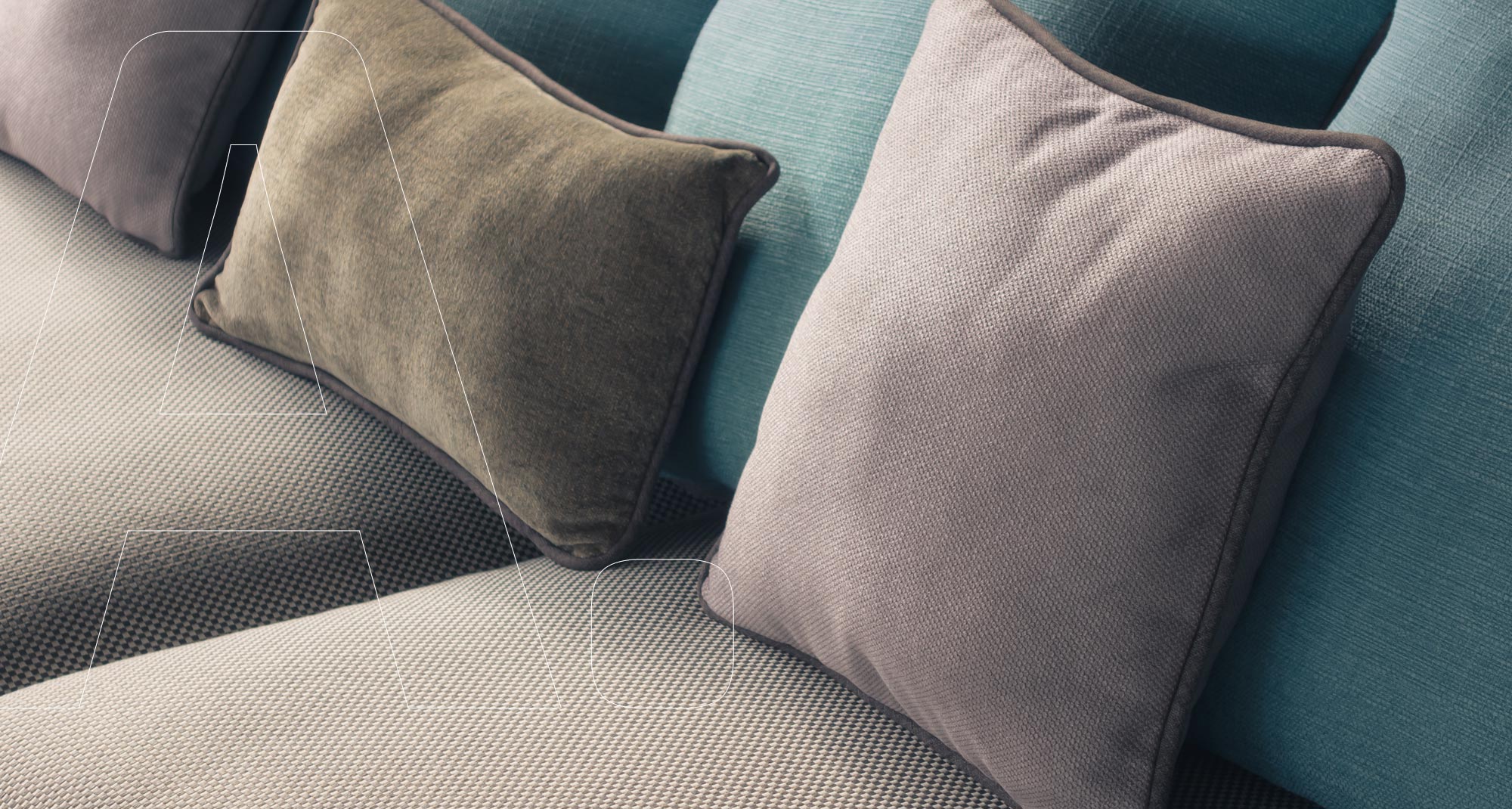
Carpets provide comfort, elegance, and warmth, but to keep them that way requires effort. The frequency of cleaning is, therefore, bound by several factors, and color and texture are among the most important factors when it comes to the frequency of cleaning of these carpets. Such details do not only alter the appearance of a carpet, but rather influence the speed at which the carpet gets worn out or stained and how frequently it should be cleaned. Understanding these factors in relation to carpet cleaning needs can greatly help if you want your carpet to remain as colorful and as durable as possible.


The color of your carpet plays a surprisingly significant role in determining how often it needs to be cleaned.
Light-colored carpets, such as white, beige, or light-colored carpets, get dirty easily and make the stains pop out quickly. Of course, even a drop of soda may be noticeable if the flooring is in areas of high traffic. For this reason, light-colored carpeting often requires regular cleaning to maintain its good looks.
These include deep blue, brown, or black colored carpets, which are more appropriate since they are known to hide dirt. It makes them seem clean for longer than necessary, but that is a deception. There can always be dirt accumulation in these carpets; you just cannot see it. After some time, it causes the color to pile up, making it look dull. Sometimes, people fail to realize that it is time to clean the carpets, especially if the rug is of a darker color, so there will be dust and dirt that the vacuum cleaner might not remove.
This is especially true for those with a patterned or multicolored carpet as they prove to be lifesavers in homes with a lot of foot traffic. Patterns are excellent at camouflaging small spills or general abuse, which makes the material perfect for families with children or animals. For one, you can delay cleaning them for a little bit longer since small stains are not easily noticeable. But they are not magical, and that is why the carpets are able to pull dirt as they are supposed to. It may be hard to find, but rest assured, you will detect it despite the fact that it is not overtly noticeable. This, however, does not mean that patterned carpets are immune to dirt and grime and cannot be cleaned; it is just that they should be cleaned as regularly as possible to avoid fast deterioration.
Different carpet dyes are more effective than others in terms of coverage, and some colors are more resistant than others to fading. Reputed dyes usually do not fade or stain easily; hence, carpets retain their color for a long time. Nevertheless, any place that gets a lot of traffic, such as corridors, may gradually look rather tired even if the color itself has not peeled. After some time, the pile of these carpets tends to lay flat and make those areas seem lifeless. The damaged areas of the carpet can be brought back to life through a good, regular cleaning regimen so that the carpet remains clean and aesthetically pleasing.
Texture is another big factor in how often a carpet needs cleaning.
Loop pile carpets, with their looped yarn fibers, tend to trap more dirt and dust. It gets caught in the loops and builds up over time, making it hard to remove with a regular vacuum. For these carpets, professional cleaning is a must to get rid of all the embedded dirt and keep the air quality in your home healthier.
Cut pile carpets are a bit different. They have a more open structure, which can make them easier to maintain. Since there are no loops, dirt doesn't get trapped as easily. A regular vacuuming schedule often keeps them looking good. But even cut pile carpets need deep cleaning every so often to remove dust and allergens that vacuuming alone can't reach.
High-pile carpets, like shag or frieze, are super cozy but can trap a lot of dirt, pet hair, and allergens. The long fibers make it tough for a vacuum to reach all the way down, so debris tends to settle deep within the carpet. High-pile carpets usually need more frequent professional cleaning to pull out all the hidden dirt and allergens.
Low-pile carpets, with their shorter fibers, are easier to keep clean. They don't trap as much dirt, so regular vacuuming is often enough. But even low-pile carpets benefit from an occasional deep clean to ensure all the particles are removed, and the fibers stay fresh.
The type of material also matters. Natural fibers, like wool, are durable but can be sensitive to water, so they need special care to prevent damage. Synthetic fibers, like nylon or polyester, are usually more resilient and can handle more frequent cleanings. Knowing your carpet's material helps you set up the best cleaning routine to keep it looking great without damaging it.
From color choices to household activity, these insights can help you plan an effective carpet care routine tailored to your home's unique needs.
High-traffic areas like living rooms, hallways, and entrances usually need more frequent cleaning. These spaces collect dirt, oils from shoes, and dust brought in from outside. Regular cleaning not only keeps them looking clean, but also helps the carpet last longer by reducing wear and tear.
Sunlight exposure can also impact cleaning needs. Direct sunlight fades carpets over time, especially in rooms with big windows. Fading can make dirt look more noticeable, as lighter areas lose some of their ability to "hide" small particles. Regular cleaning can't prevent fading, but it does help keep the carpet looking consistent and fresh. Using window treatments or UV-blocking film on windows can also help preserve carpet color and extend its life.
If you have pets, kids, or a lot of people in your household, your carpet will likely need more frequent cleaning, regardless of color or texture. Pet hair, dander, and everyday messes add up, wearing down carpets faster. For families with young children who play on the floor, regular cleaning creates a healthier environment by removing allergens and germs that can accumulate.
There's a lot to consider when deciding how often to clean your carpet. Light-colored and high-pile carpets need more attention since they show dirt more easily and trap it deep within the fibers. Darker or low-pile carpets, on the other hand, can sometimes go a bit longer. But foot traffic, sunlight, and household factors all play a role, too. With a little planning, you can keep your carpet looking fresh and extend its lifespan. If you're unsure about what your carpet needs, UCM Carpet Cleaning Bethesda offers professional services tailored to every carpet type. We're here to help you enjoy a cleaner, fresher home.

